The true cost of Covid cannot be quantified only in death rates or GDP figures. Though it could have been far worse, the pandemic nonetheless inflicted a deeper wound on our society than any productivity calculus can measure.
But as legal domestic restrictions end, and the economic fallout from months of stringent controls is increasingly felt by households, it’s worth exploring how the nation’s balance sheet could have looked had this virus never appeared.
It was former US Senator Everett McKinley Dirksen who observed, ‘a billion here, a billion there, and pretty soon you’re talking real money,’ but the extent of public sector spending over the course of this pandemic has blown his figures out of the water: current estimates range from £315 billion to £410 billion, equivalent to between £4,700 to £6,100 per person in the UK.
At one point, the government was borrowing around £37 million every single hour. To make up for the shortfall between revenues (after tax receipts fell) and spending, the Bank of England was printing money like there was no tomorrow. The growth in the money supply reached a 30-year high in April 2021. But tomorrow came, and inflation is now almost three times the Bank’s 2 per cent target. Households are feeling the squeeze as, according to the old saying, ‘too much money chases too few goods.’
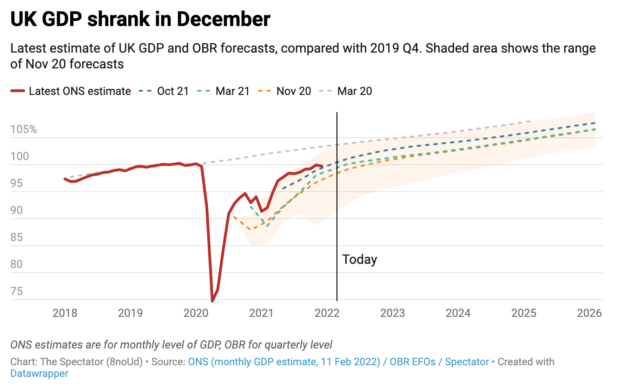
We cannot blame this situation entirely on the Covid, however. Despite ‘austerity’, successive Conservative governments had proven themselves worryingly fond of public spending even before the pandemic struck. Between 2010 and 2020, public spending increased by 35 per cent. This year marks the 21st anniversary of any government balancing the books. Overspending by governments of all parties has meant we’ve been running sizeable deficits in good times, and colossal ones in bad.
That does not mean the decisions to spend during the pandemic was all wrong. This sort of emergency is one of the few circumstances where even most free marketeers would accept some targeted government support, and that using long-term borrowing to cover this spreads the burden over time, the same way as war debt. Nor is inflation necessarily bad for the public finances — the combination of rising nominal incomes and higher tax receipts can offset higher debt interest payments.
Further, much of the Covid spending — especially on furlough — was a ‘transfer payment,’ meaning the money was ultimately spent by private businesses and households, rather than by the government itself. So the spending protected businesses and jobs but did not distort the economy in other ways.
But government debt is not the only economic cost from Covid — the private sector also suffered greatly. Data from the Bank of England shows that while company sales plummeted over 2020, many firms were still forced to pay fixed costs, such as rent and loan repayments. As of 1 January 2021, there were 6.5 per cent fewer private companies than in 2020. This was the largest fall in business population since before 2000. The number of self-employed workers, which had grown since 2000, fell precipitously and remains almost 20 per cent below pre-pandemic levels.
The National Institute of Economic and Social Research has previously warned that the level of GDP was on track to be almost 4 per cent lower in 2025 than it would have been without the pandemic. The cumulative loss of economic output, it said, would be worth £727 billion over the five-year period. These estimates may since have been revised, but that cost is at least as great as the one to the government’s budgets.
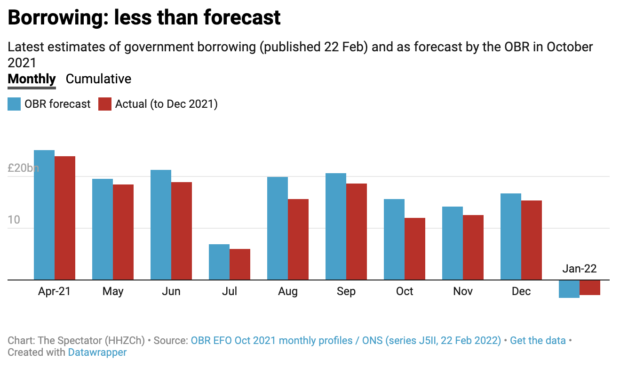
Yet Covid’s greatest penalty may arise from a shift in mentality towards a belief that more government spending and interference is the solution to any problem. Just look at the furore over ‘free’ (i.e. funded through taxation) lateral flow tests — which at one point came with a £2 billion per month price tag — or the speed with which the government acquiesced to Marcus Rashford’s free school meals campaign. If anything, the crisis has demonstrated that government is extraordinarily bad at spending large amounts of money, even if that isn’t the lesson the nation is choosing to learn.
The early stages of the furlough scheme were a success, but it long outstayed its welcome. The government spent £8.7 billion of taxpayer money on PPE that was subsequently written off. The Kickstart Scheme, which provides funding to employers to create employment for 16 to 24-year-olds on Universal Credit will cost an enormous £20,000 per additional job created. Eat Out to Help Out cost £850 million. The fact remains that central planners cannot know the choices millions of people would make with their own money — and they should stop trying to second guess it.
How much has the Covid crisis cost? Several hundreds of billions of pounds. And as with most problems, our national debt will only get worse the longer we take to face up to it. With restrictions ending, excessive government spending should end too.
Got something to add? Join the discussion and comment below.
Get 10 issues for just $10
Subscribe to The Spectator Australia today for the next 10 magazine issues, plus full online access, for just $10.

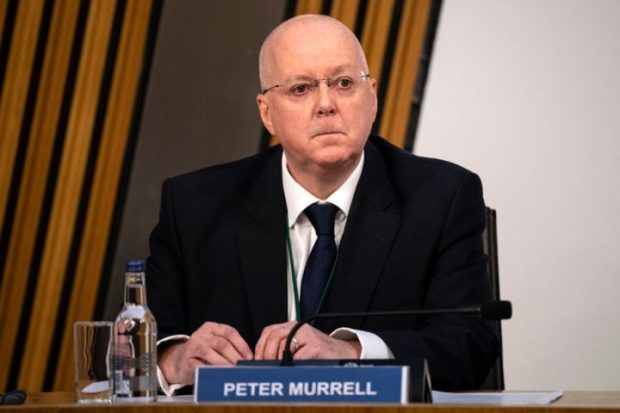
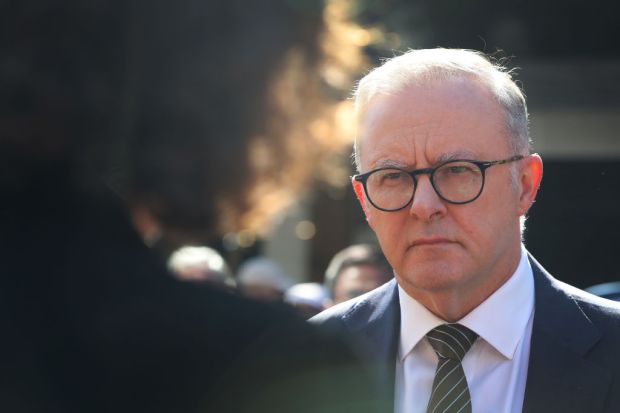

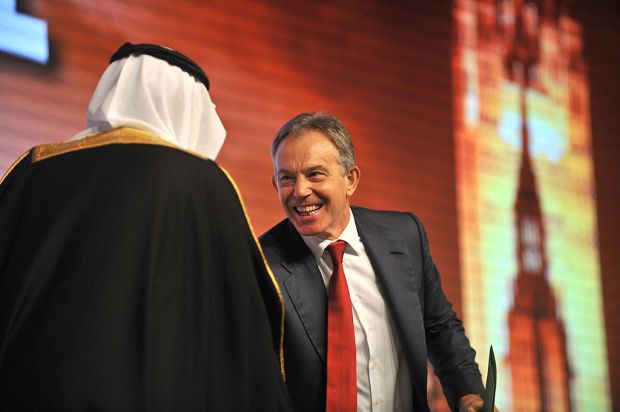
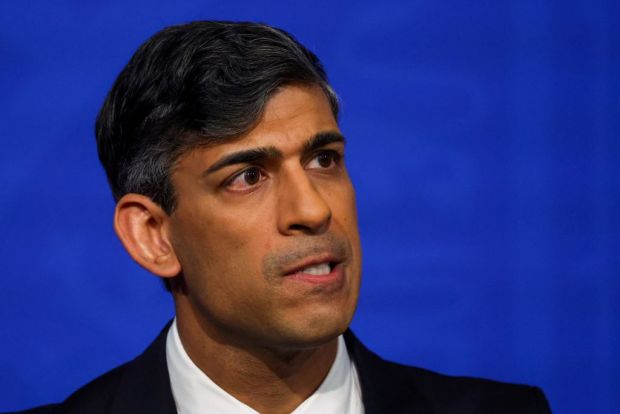












Comments
Don't miss out
Join the conversation with other Spectator Australia readers. Subscribe to leave a comment.
SUBSCRIBEAlready a subscriber? Log in